 Creative Commons Attribution 3.0 IGO license (CC BY 3.0 IGO)
Creative Commons Attribution 3.0 IGO license (CC BY 3.0 IGO)2016 Asian Development Bank
6 ADB Avenue, Mandaluyong City, 1550 Metro Manila, Philippines
Tel +63 2 632 4444; Fax +63 2 636 2444
www.adb.org; openaccess.adb.org
Some rights reserved. Published in 2015.
Printed in the Philippines.
ISBN 978-92-9257-248-8 (Print), 978-92-9257-249-5 (e-ISBN)
Publication Stock No. RPT157772-2
Cataloging-In-Publication Data
Asian Development Bank.
Regulatory Impact Analysis Report on the Current Customs Regulatory Framework in Bangladesh Mandaluyong City, Philippines: Asian Development Bank, 2015.
1. Bangladesh. 2. Customs. 3. Regulatory Impact Analysis. I. Asian Development Bank.
The views expressed in this publication are those of the authors and do not necessarily reflect the views and policies of the Asian Development Bank (ADB) or its Board of Governors or the governments they represent.
ADB does not guarantee the accuracy of the data included in this publication and accepts no responsibility for any consequence of their use. The mention of specific companies or products of manufacturers does not imply that they are endorsed or recommended by ADB in preference to others of a similar nature that are not mentioned.
By making any designation of or reference to a particular territory or geographic area, or by using the term country in this document, ADB does not intend to make any judgments as to the legal or other status of any territory or area.
This work is available under the Creative Commons Attribution 3.0 IGO license (CC BY 3.0 IGO) https://creativecommons.org/licenses/by/3.0/igo/. By using the content of this publication, you agree to be bound by the terms of said license as well as the Terms of Use of the ADB Open Access Repository at openaccess.adb.org/termsofuse
This CC license does not apply to non-ADB copyright materials in this publication. If the material is attributed to another source, please contact the copyright owner or publisher of that source for permission to reproduce it. ADB cannot be held liable for any claims that arise as a result of your use of the material.
AttributionIn acknowledging ADB as the source, please be sure to include all of the following information:
Author. Year of publication. Title of the material. Asian Development Bank [and/or Publisher]. https://openaccess.adb.org. Available under a CC BY 3.0 IGO license.
TranslationsAny translations you create should carry the following disclaimer:
Originally published by the Asian Development Bank in English under the title [title] [Year of publication] Asian Development Bank. All rights reserved. The quality of this translation and its coherence with the original text is the sole responsibility of the [translator]. The English original of this work is the only official version.
AdaptationsAny adaptations you create should carry the following disclaimer:
This is an adaptation of an original Work Asian Development Bank [Year]. The views expressed here are those of the authors and do not necessarily reflect the views and policies of ADB or its Board of Governors or the governments they represent. ADB does not endorse this work or guarantee the accuracy of the data included in this publication and accepts no responsibility for any consequence of their use.
Please contact if you have questions or comments with respect to content, or if you wish to obtain copyright permission for your intended use that does not fall within these terms, or for permission to use the ADB logo.
Note: In this publication, $ refers to US dollars.
Foreword
The development of Bangladesh during the past two and a half decades has witnessed significant structural changes in the economy resulting in domestic policy reforms and greater openness to the global economic environment. Economic growth increased significantly from 3.7% in the 1980s to an average of over 5.6% from 1994 until 2013, reaching an all-time high of 6.7% in 2011. Increasing integration with the world economy has been made possible by the introduction of various trade liberalization policies since the 1980s, and accelerated by its accession to several international treaties including to the World Trade Organization (WTO) in 1995, and the Revised Kyoto Convention (RKC) of the World Customs Organization (WCO) in 2012. The countrys trade to GDP ratio increased from 17% in the early 1990s to 47% in 2008 reaching 54% in 2010-2012 as a result of Bangladeshs increasing trade openness.
One of the most significant reforms undertaken by the Bangladesh Government is the Customs Act of 1969, one of three principal legislative acts in the area of foreign trade. The two others are the Imports and Exports (Control) Act of 1950; and The Foreign Exchange (Regulation) Act of 1947. It was not until the 1980s, however, when the countrys trade regime registered a major shift as trade liberalization was introduced, gradually transforming into a large scale liberalization effort in the 1990s. Since then, successive liberalization programs have followed leading to a remarkable decline in quantitative restrictions, opening up of trade in many restricted items, significant rationalization and diminution of import tariffs and complete liberalization of the foreign exchange regime. Bangladesh amended its Customs Act, allowing provisions on antidumping and countervailing rules in 1995 and safeguard rules in 1997. The Act has also been amended to introduce transaction values as the basis for customs valuation in 2000.

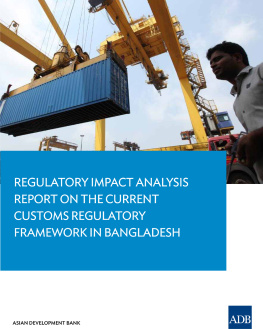
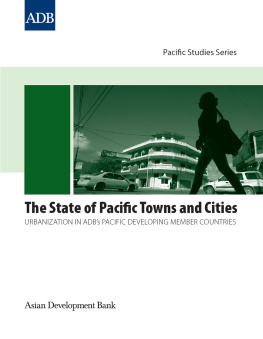

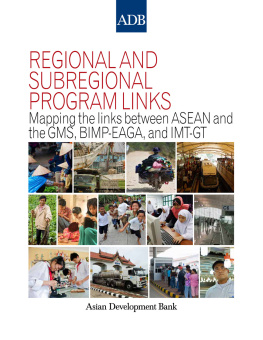
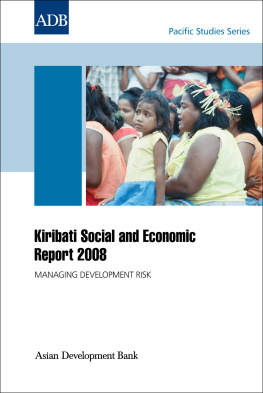
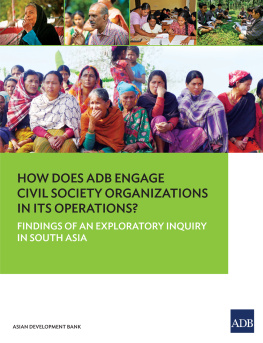
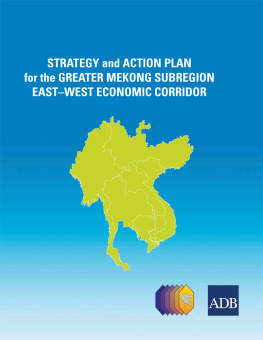

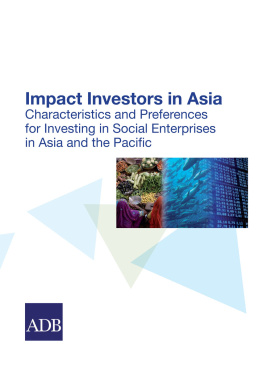
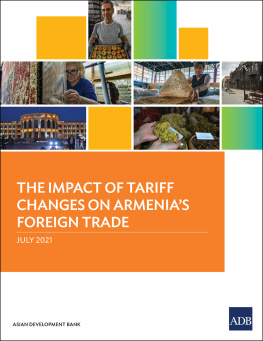
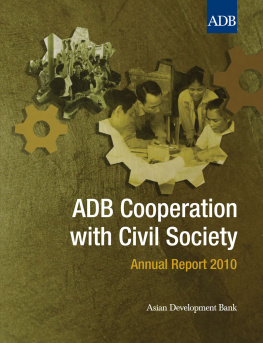
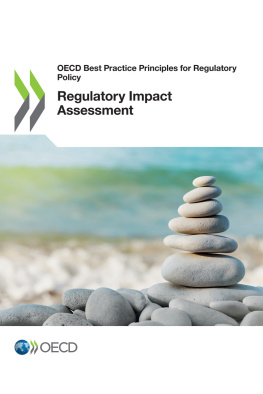
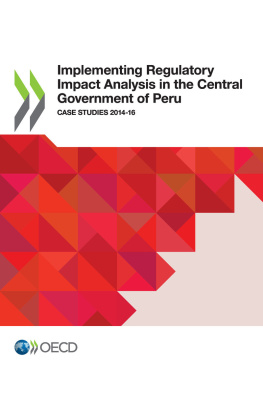


 Creative Commons Attribution 3.0 IGO license (CC BY 3.0 IGO)
Creative Commons Attribution 3.0 IGO license (CC BY 3.0 IGO)